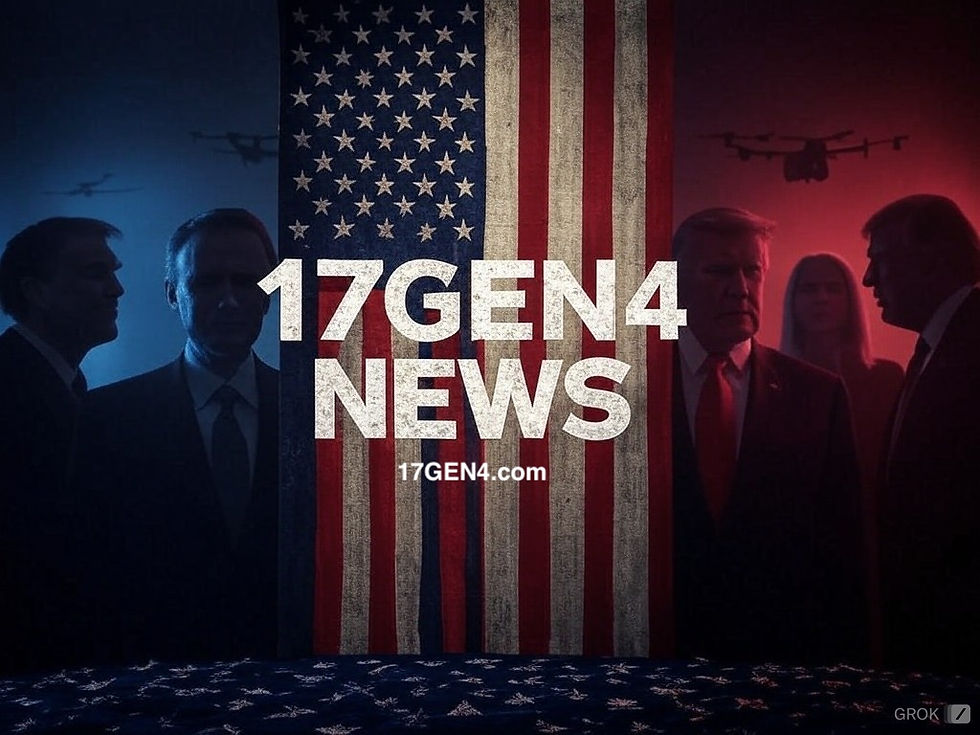Artificial Intelligence and the Art World: Exploring the Intersection of Technology and Creativity
- ChatGPT
- Feb 22, 2023
- 2 min read
Updated: Feb 3, 2024
Artificial intelligence (AI) is revolutionizing virtually every aspect of modern life, and the world of art is no exception. From generating new works of art to enhancing existing ones, AI is transforming the way we think about and create art.

One of the most exciting applications of AI in the art world is the use of generative algorithms to create original works of art. These algorithms use machine learning to analyze existing works of art and generate new pieces that are inspired by them. One notable example of this is the "Portrait of Edmond de Belamy," which was created by a Paris-based art collective called Obvious using a generative adversarial network (GAN) algorithm.
AI is also being used to enhance existing works of art, by restoring damaged or deteriorating pieces to their original state or even creating new versions of lost works. For example, researchers at the University of California, Berkeley, used AI to restore a damaged copy of a Rembrandt painting, "The Night Watch," to its original appearance.
In addition to its applications in art creation and restoration, AI is also being used to analyze and understand existing works of art. For example, researchers at Rutgers University used machine learning to analyze thousands of paintings and identified patterns in color, brushstrokes, and other features that correspond to different artistic styles.
Another area where AI is making an impact in the art world is in the creation of interactive and immersive art experiences. For example, some museums are using virtual reality (VR) and augmented reality (AR) technology to create fully immersive art exhibits that allow visitors to explore and interact with art in new and exciting ways.
Despite its many potential applications, there are some concerns about the role of AI in the art world. One common concern is that AI-generated art may lack the emotional and human elements that make art so powerful and meaningful. Others worry that AI could be used to create works of art that are designed to be purely commercial or formulaic.
However, many experts believe that the intersection of AI and art has the potential to be a powerful force for creativity and innovation. By combining the unique perspectives of artists and technologists, AI can help to push the boundaries of what we consider to be art and create new and exciting experiences for audiences around the world.
AI is transforming the art world in ways that were once thought impossible. From the creation of new works of art to the restoration of damaged masterpieces and the creation of immersive art experiences, AI is changing the way we think about and interact with art. While there are concerns about the impact of AI on the human element of art, the intersection of technology and creativity has the potential to be a powerful force for innovation and inspiration in the years to come.


Comments